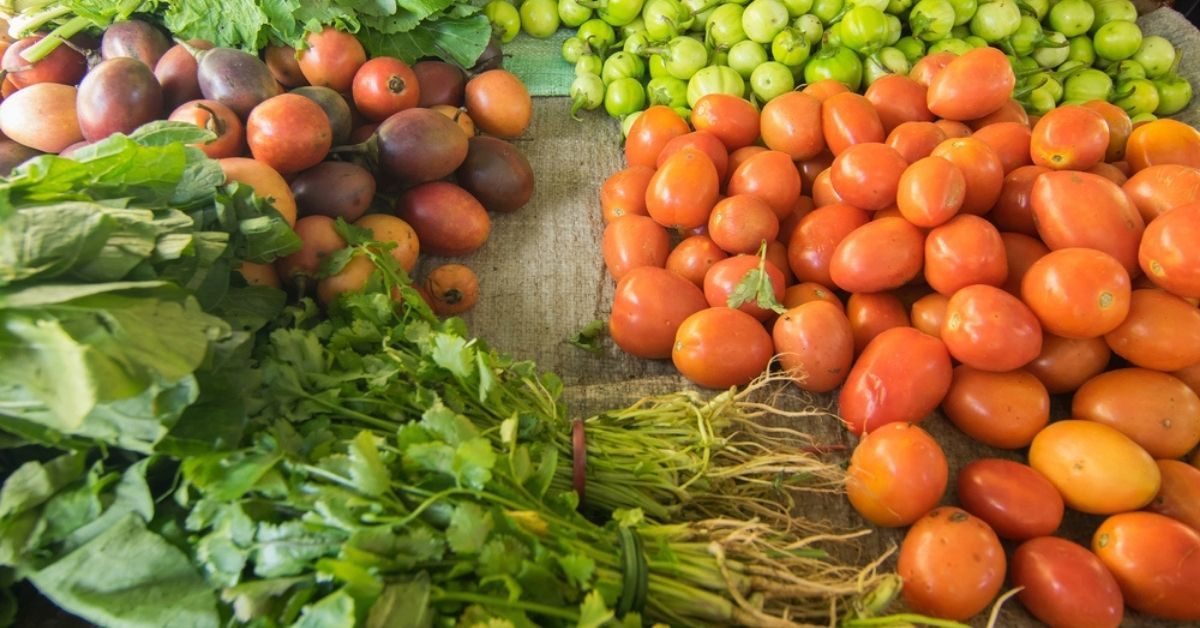The worst drought in 500 years hits Europe, blistering heat bakes more than 43% of US states, 22 million people in the Horn of Africa slip into the risk of starvation, while low rainfall in rice powerhouses China and India clouds the yield of the food staple.
Amid the Russia-Ukraine war, the climate emergencies threaten food supply to Bangladesh, according to manufacturers. Besides, pricier cotton import due to drought-hit global yield could raise the apparel production cost – affecting the country’s readymade garment export.
Food-makers said countries, where crop production will decrease due to the climate crisis, will be rushing for imports from the international market. If the supply is less than the demand, grain prices will spike further.
The war in Ukraine prompted an unprecedented supply chain disruption, deterring Bangladesh from importing wheat and fertilisers from Russia. Later, India’s ban on wheat export compounded the supply to the domestic market.
“The global food supply situation is already fragile due to the war. On top of that, if agri production gets hurt due to the drought, it will create a major global crisis and the pressure will also fall on us,” said a senior official of Bashundhara Group – one of the leading Bangladeshi conglomerates and food manufacturers.
On condition of anonymity, the official said the disruption of Ukraine’s wheat production due to the war has created a severe crisis in the supply chain. Now, drought-hit wheat production in Argentina could intensify the grain supply shortage.
Argentina is being hit by what is on track to be the worst drought in 12 years. Bangladesh depends on the Latin American country mainly for soybean and wheat.
Bangladesh is now trying to import rice from India. But low rainfall in India’s several states hampers paddy planting. Importers said if the neighbouring country bans rice export in the upcoming months to feed its people, Bangladesh will be in trouble.
Major rice producer China also faces a severe drought and record-breaking heatwave. Chinese authorities are attempting to induce rainfall in parts of central and southwest China.
Bangladesh regularly imports cotton from the US and Brazil. Some 229 million acres of crops in the US are affected by drought. According to the UN, the US economy has lost an estimated £249 million due to drought and related crop failures.
Cotton production is feared to drop in both the countries due to the climate crisis, putting a squeeze on Bangladesh’s cotton import and import prices.
“If cotton production is reduced due to drought in Brazil, it will have a severe impact on Bangladesh as Brazil is one of the top five cotton sourcing countries for us,” Monsoor Ahmed, additional director & CEO (In-Charge) of the Bangladesh Textile Mills Association (BTMA), told The Business Standard.
Kutubuddin Ahmed, chairman of Envoy Textile Limited, said if US cotton production declines, prices may exceed past records. “This will further increase our production cost. Because the international market price indices rise or fall based on the US production.”
According to the EU European Drought Observatory, 47% of the EU is under drought warning, with 17% on red alert. Corn harvests are expected to be the smallest since 2007, while meat and dairy prices are rising across the continent.
In Germany, the Rhine river has reached such low levels that boats are being forced to reduce their cargo load by up to 75% and even cancel transport. This is a huge issue as the Rhine is a major transport route in Germany.
France is in the grips of its worst-ever drought. Power company Électricité de France (EDF) has been forced to reduce the output of nuclear power due to the shortage of water to cool the power stations; nuclear plants produce 70% of France’s electricity.
France is so dry that it is also suffering from wildfires that have forced tens of thousands to flee their homes, while an irrigation ban is in place for farmers. Maize yields are set to be the worst in a decade – especially concerning as maize imports from Ukraine are disrupted by war. Other crops including wheat, peaches, strawberries, and apricots are also being affected.
In Italy, the flow of the river Po has fallen by 90%, hitting corn and risotto rice production. The Po is at the highest level of drought severity, with saltwater moving record distances inland from the Po Delta as the river level drops.
The risotto rice harvest could be down by 60%, with rice fields damaged for many years to come by the increased levels of salt. Rising temperatures and dry conditions also paved the way for the worst locust outbreak in three decades, which decimated winter food supplies for livestock on the island of Sardinia. In total, a third of farms in Italy are now producing food at a loss.
Bangladesh is also facing low rainfall this monsoon, forcing Aman paddy planting July-August season to depend heavily on irrigation pumps. The diesel-fed pumps will eventually edge up the food cost further and the yield may reduce substantially.
Agro-economists called for maintaining the production at any cost. They urged the government to readjust its policies and priorities. Agricultural economist Mohammad Jahangir Alam Khan said, “In this global situation, we have to maintain crop production as well as plan to increase the yield. The government should provide subsidies to farmers for irrigation.”







